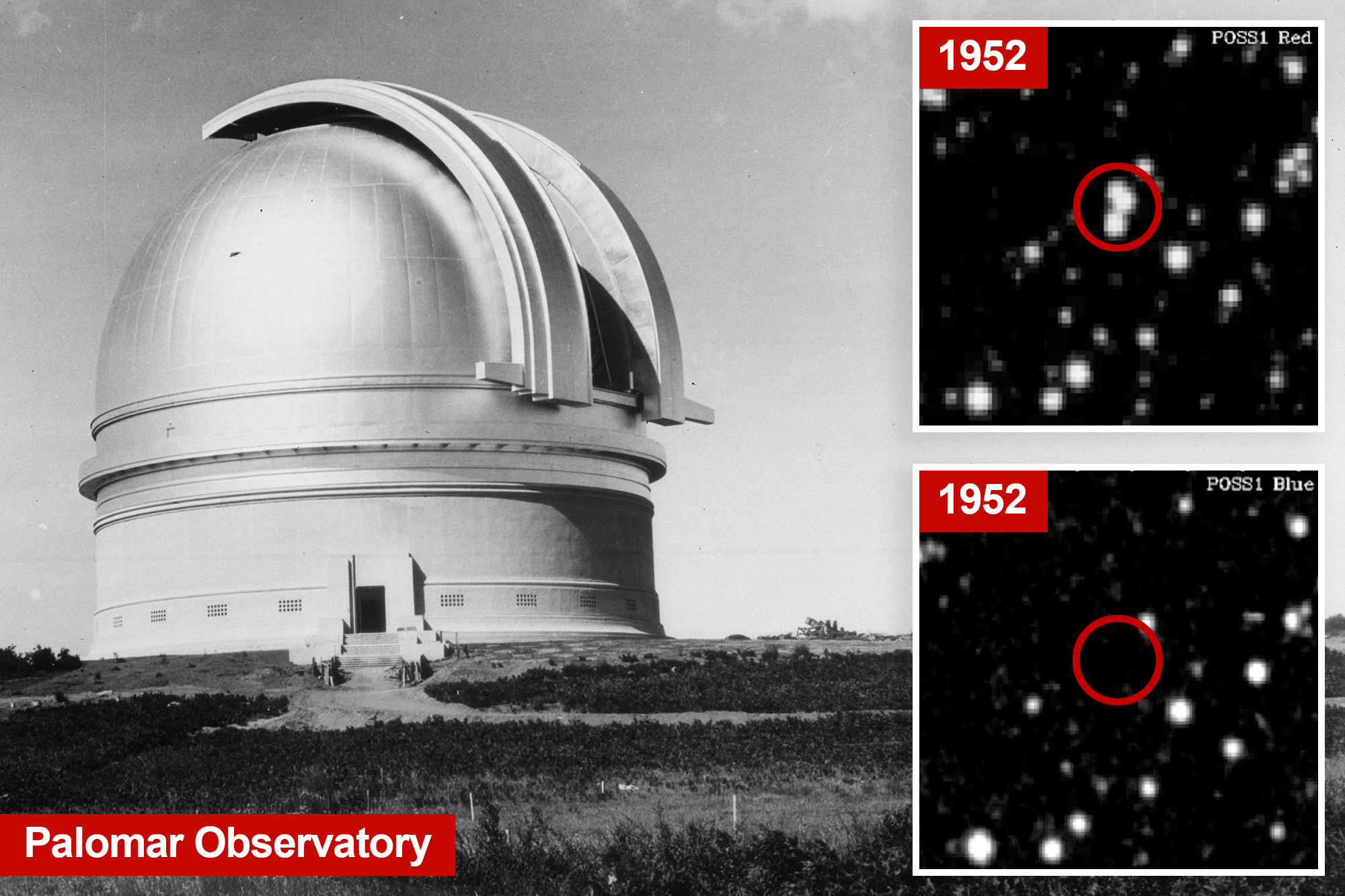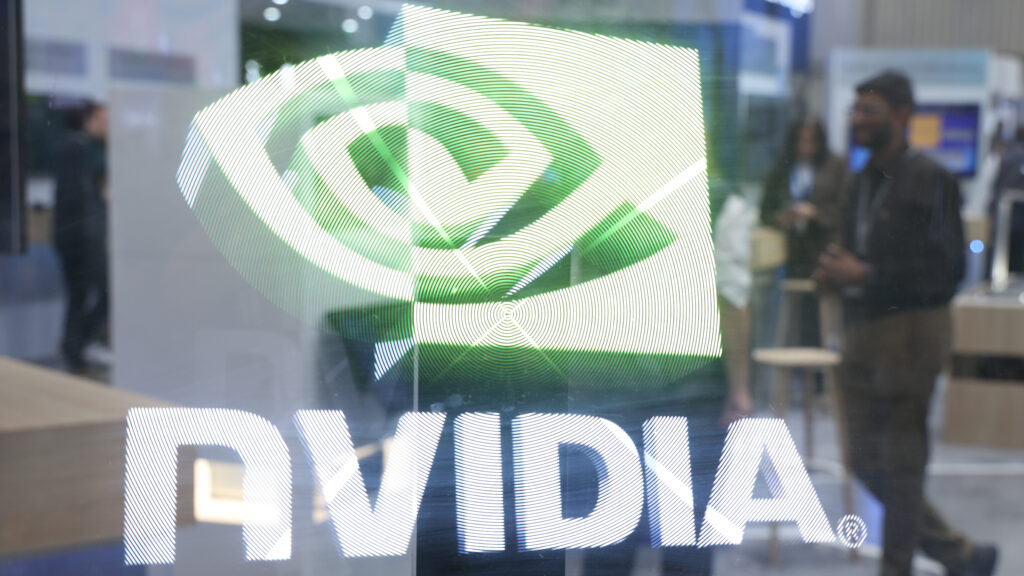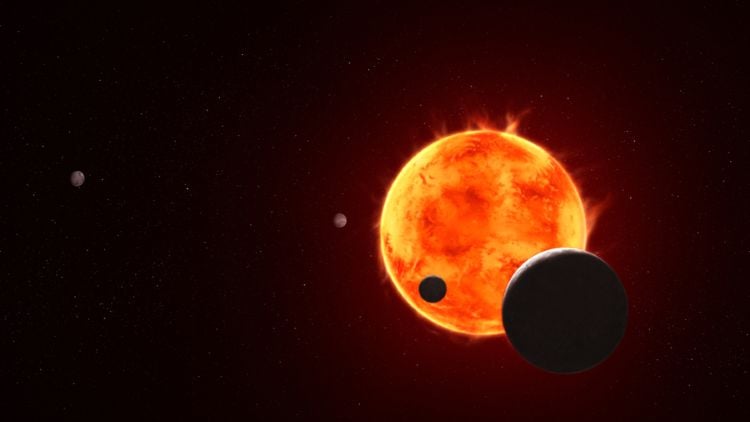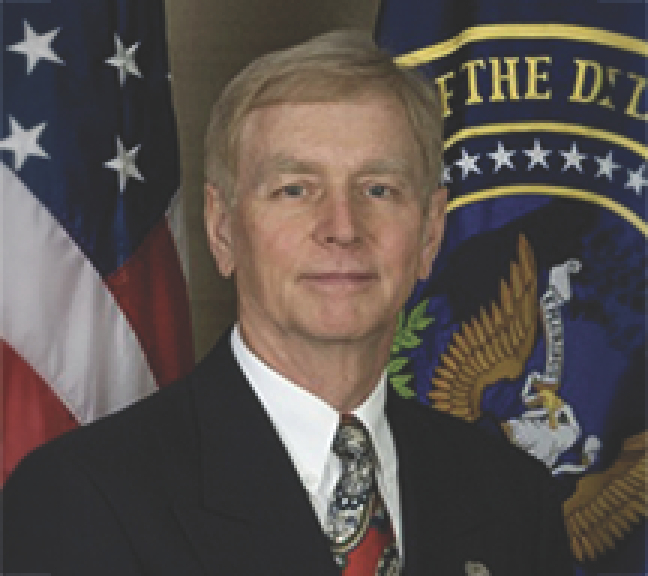Two recent peer-reviewed studies have identified a significant number of potential unidentified flying objects (UFOs) in photographs taken during the 1950s. Astronomer Beatriz Villarroel from the Nordic Institute for Theoretical Physics led the research, which suggests that these “transients” may represent objects from beyond Earth. The findings were published in Nature’s Scientific Reports and the Publications of the Astronomical Society of the Pacific on October 17 and 20, 2023, respectively.
The studies focused on approximately 2,000 photographic plates captured between 1949 and 1958 at the Palomar Observatory in California. These images were part of one of the earliest comprehensive astronomical surveys, known as the Palomar Sky Survey. Remarkably, the photographs were taken before the advent of artificial satellites or any other man-made objects in orbit.
Using advanced machine learning techniques, Villarroel and her team analyzed the brightness of various objects in the plates, identifying around 107,000 transient lights. While some of these were attributed to errors in the imaging process, thousands remain unexplained. The research indicates a correlation between these transients and historical UFO sightings, particularly during notable events such as the Washington DC UFO Incident in July 1952, when numerous reports of unidentified flying objects flooded in from the nation’s capital.
The paper highlights a “small positive correlation” between reported UFO sightings and the identified transients, which Villarroel argues is statistically significant. Her research asserts that some of these transients might be linked to unidentified aerial phenomena (UAP) in Earth’s orbit. The findings suggest that if these objects were to descend into the atmosphere, they could explain many of the UAP sightings reported over the decades.
Connections to Nuclear Testing
Another striking aspect of the research is its potential connection between transients and nuclear weapons testing. The studies found that the occurrence of transients increased by 45% within 24 hours of a nuclear test, suggesting a significant association. The final recorded transient observed near a nuclear testing window was on March 17, 1956, just a day after the Joe 21 nuclear test conducted in Russia.
Villarroel’s research indicates that the pattern of transients aligns with key dates in nuclear testing history. This correlation raises intriguing questions about the nature of these objects and their possible relationship with human activities, particularly those involving nuclear capabilities.
In addition to these findings, the studies describe an unusual alignment of transients across a single photographic plate. Villarroel claims that such an arrangement is unlikely to occur due to known natural phenomena, further supporting the hypothesis that these objects may warrant further investigation.
In conclusion, the implications of Villarroel’s research extend beyond mere speculation. The analysis of historic astronomical data has opened new avenues for understanding UAP sightings and their potential links to significant events in human history, such as nuclear testing. As the scientific community examines these findings, the conversation around unidentified aerial phenomena continues to evolve, prompting a reevaluation of how humanity perceives its place in the cosmos.







